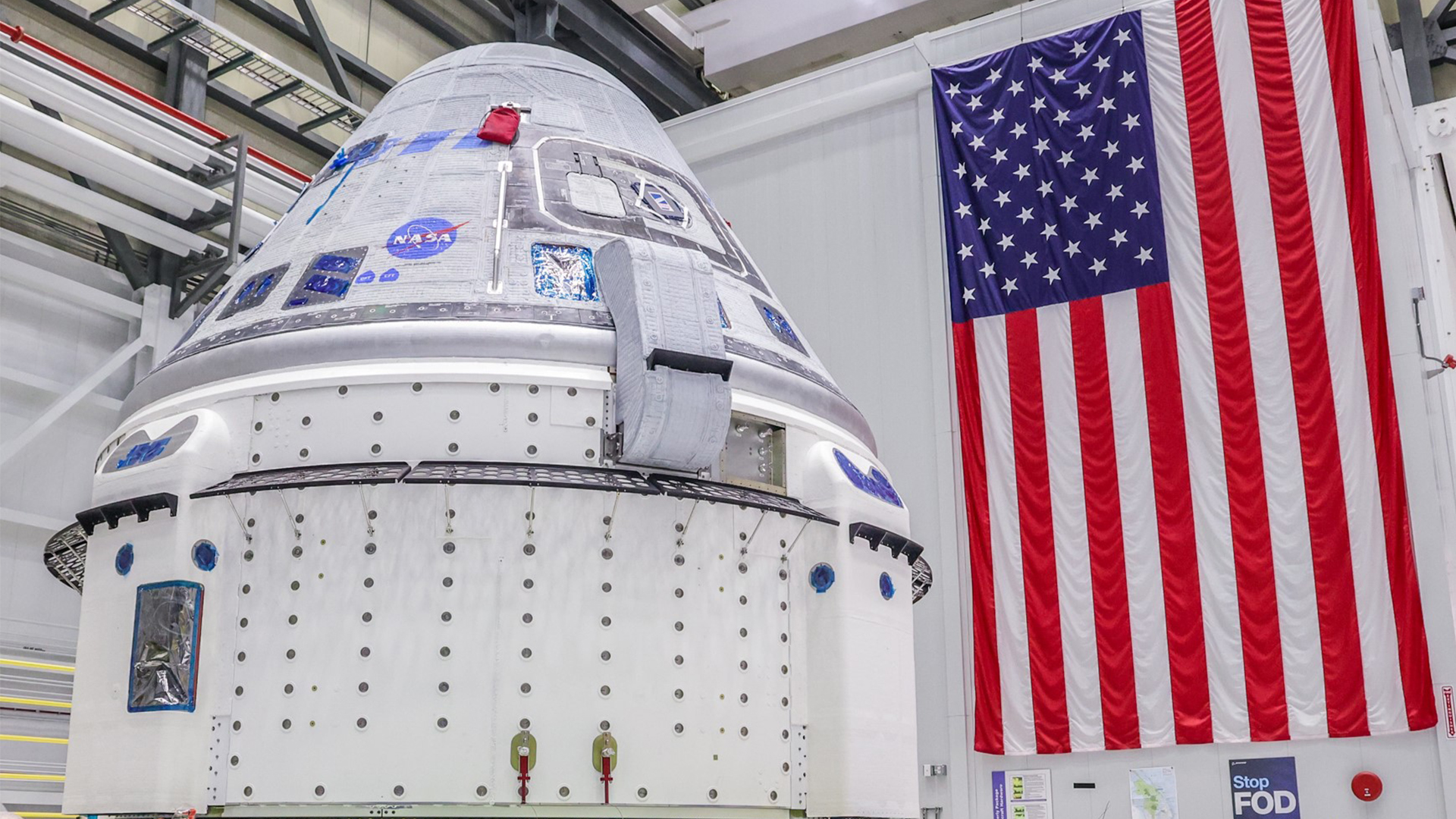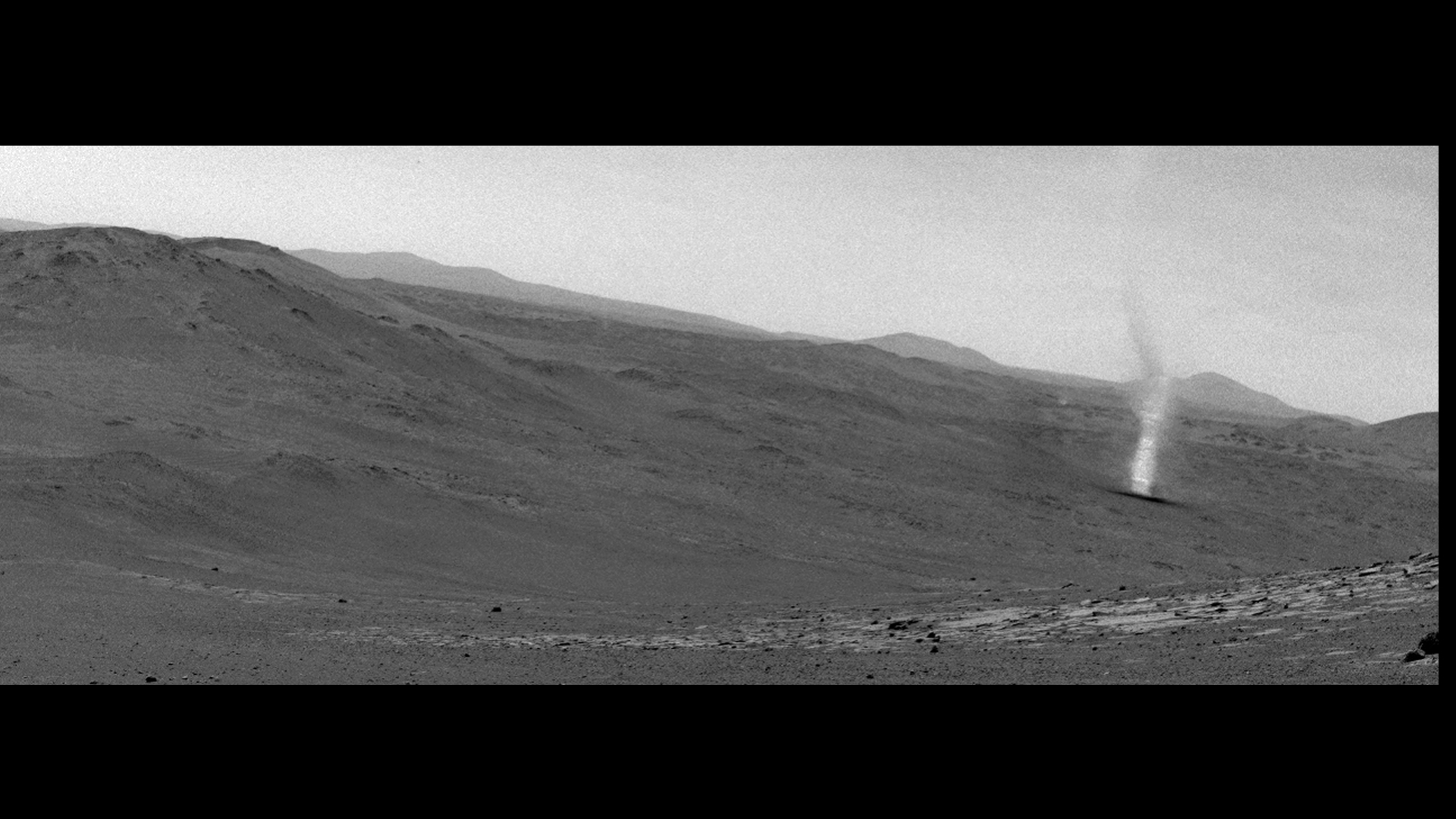Boeing faces 'emerging issues' ahead of Starliner capsule's 1st crewed flight in July, NASA says

Boeing still has some work to do to get its astronaut taxi ready for its first crewed jaunt this summer.
That mission, called Crew Flight Test (CFT), will launch NASA astronauts Butch Wilmore and Suni Williams to the International Space Station (ISS) aboard Boeing's Starliner capsule no earlier than July 21.
Boeing aims to fuel Starliner next month in preparation for liftoff. During a "checkpoint review" conducted last Thursday (May 25), however, the company and NASA identified a few "emerging issues that need a path to closure" to resolve before taking that big step, according to NASA.
Related: Starliner: Boeing's next-generation spaceship for astronauts
For example, teams will replace a bypass valve in the system that helps cool Starliner's avionics, NASA officials wrote in an update on Friday (May 26). Such work is expected to take just a week and won't affect the planned CFT timeline, they added.
Technicians and engineers are also assessing whether a certain kind of tape used to protect some of Starliner's wires poses a flammability risk. And Boeing and NASA teams are reassessing the efficiency of some joints in Starliner's parachute system "based on new data reviews as part of the ongoing design certification process," agency officials said in Friday's statement.
"We are taking a methodical approach to the first crewed flight of Starliner incorporating all of the lessons learned from the various in-depth testing campaigns, including Starliner's flight tests and the agency's verification efforts," Steve Stich, manager of NASA’s Commercial Crew Program, said in the same statement.
Breaking space news, the latest updates on rocket launches, skywatching events and more!
"All Orbital Flight Test-2 anomalies are closed," Stich added, referring to Starliner's first test mission, a successful uncrewed flight to the ISS that launched in May 2022. "In addition to the closeout of ongoing work, the team remains vigilant on tracking new technical issues as we complete certification for crewed flight."
Earlier this year, Boeing and NASA said that CFT was on track to launch in April. But in late March, the target date was pushed back to no earlier than July 21, a move made to accommodate further analyses of Starliner and its systems and an anticipated busy spring at the ISS.
For example, Axiom Space sent the four-astronaut Ax-2 mission to the orbiting lab this month, and SpaceX plans to launch a robotic Dragon cargo craft to the ISS on Saturday (June 3).
NASA and Boeing have completed most of the prep work needed to get Starliner ready for CFT, agency officials said in Friday's update. But another delay isn't out of the question, they added.
"Crew safety remains the highest priority for NASA and its industry providers, and emerging issues are not uncommon in human spaceflight, especially during development," Stich said. "The combined team is resilient and resolute in their goal of flying crew on Starliner as soon as it is safe to do so. If a schedule adjustment needs to be made in the future, then we will certainly do that as we have done before. We will only fly when we are ready."

Michael Wall is a Senior Space Writer with Space.com and joined the team in 2010. He primarily covers exoplanets, spaceflight and military space, but has been known to dabble in the space art beat. His book about the search for alien life, "Out There," was published on Nov. 13, 2018. Before becoming a science writer, Michael worked as a herpetologist and wildlife biologist. He has a Ph.D. in evolutionary biology from the University of Sydney, Australia, a bachelor's degree from the University of Arizona, and a graduate certificate in science writing from the University of California, Santa Cruz. To find out what his latest project is, you can follow Michael on Twitter.

